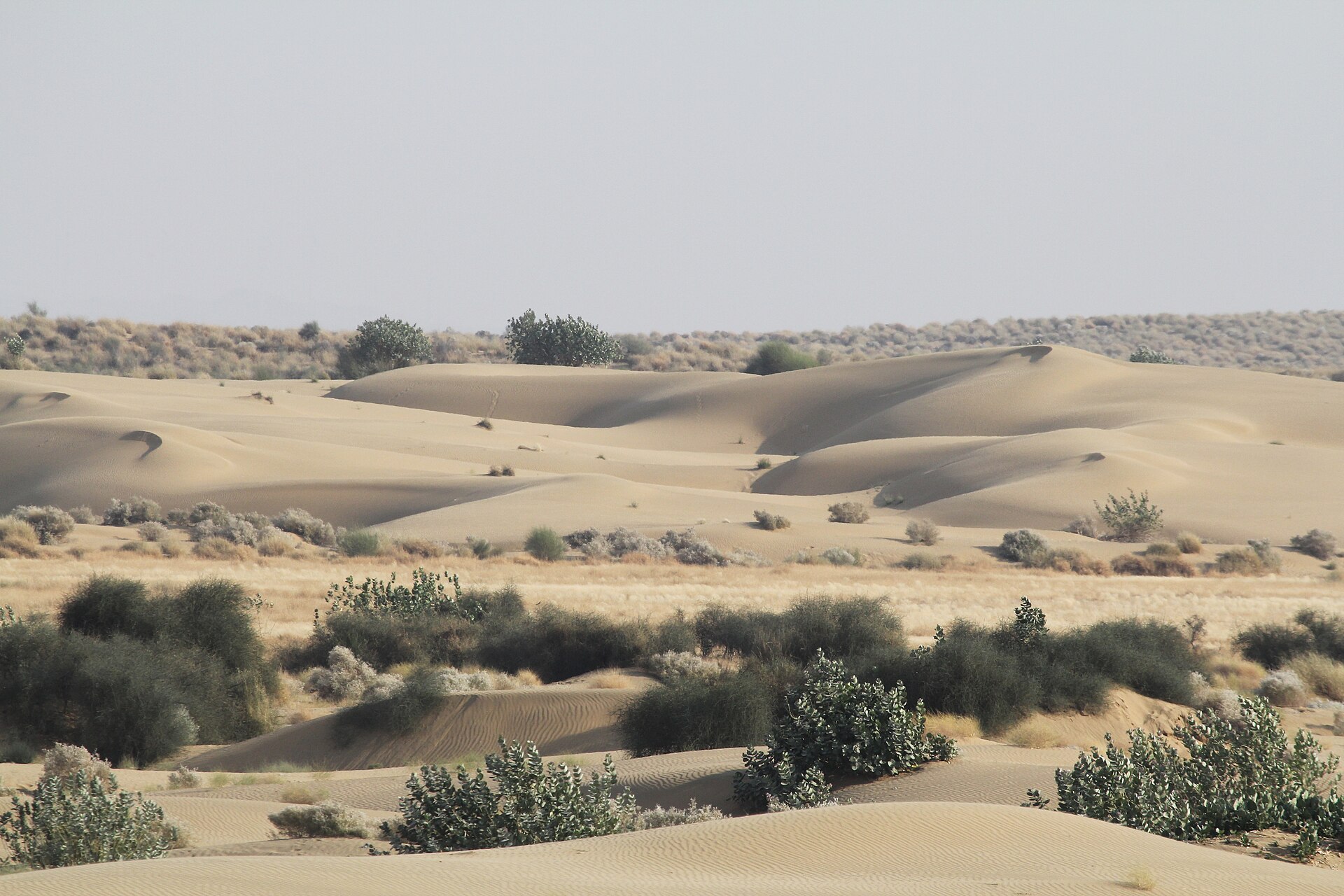The European bison is one of Europe's most iconic animals. Like its American counterpart, it was an important part of life for European people. This can be seen from cave paintings discovered throughout Eurasia. Just as the American bison was pushed close to extinction in the 19th century, the European bison suffered a similar fate in the early 20th century. This led to a series of captive breeding programs to revive its population and reintroduce the species in countries where it had disappeared. The majority of Europe's bison population is situated in Poland and Belarus. However, animals from those two countries have been introduced in other countries as an effort to repopulate the continent's bison numbers. One of those countries is Spain, where two herds were established in the last decade. Initially comprising of 22 animals in 2010, Spain's bison population now numbers just over 150.
 |
| A military police officer standing next to flames from a forest fire near Mazagon in southern Spain. |
Upon their release in a 20-hectare oak forest in Spain, seven bison cleared the undergrowth. This not only helped open dense parts of the forest to allow light in and grass to grow, but can also prevent forest fires from spreading. Now, conservationists believe that the feeding behavior of European bison can help tackle climate change. This is because in Spain, over the last ten years, wildfires have ravaged roughly 741,000 hectares of forest. Among the factors that are propelling the rise in wildfires are increasing temperatures and decreasing rural populations. Since the 1950s, Spain saw a steady decline in its rural population as people gave up agricultural practice for better opportunities in urban areas. This resulted in many farms being abandoned and fewer flocks of sheep and herds of cattle to keep the scrub in check. In turn, the levels of wildfires increased with the abundance of scrubland. According to Fernando Moran, director of Spain's European Bison Conservation Center, bison can take the place of domestic livestock in controlling the scrub and therefore reverse the trend. He also stressed that politicians in and outside of Spain need to recognize the ability of the bison to recover Europe's ecosystem and change the law so that the animals are allowed to freely roam once again.
I cannot agree more than to have European bison reintroduced into Spain to tackle its wildfire issue. There are currently well over 150 bison in the country, but I don't think that would be enough to reverse the trend. I believe that an effective breeding program can help increase the local bison population. Moreover, there are 2,300 bison residing in Poland from where they can be translocated to Spain to increase their numbers to help control the wildfires. Even though the European bison has successfully returned from the brink of extinction, it is not recognized as an endangered species in Spain where it had been extinct for 10,000 years. I strongly urge Spain's politicians to acknowledge the bison as an endangered species and provide state funding for conservation schemes aimed at bringing it back to its former haunts. These animals are essential for the betterment of Spain's ecosystem and they can help reverse the wildfire trend that has long been devastating the environment and people's livelihoods. Similarly, other European countries where the bison has returned need to implement measurements to allow the species to roam freely again and allow it to restore their respective ecosystems.
View article here



